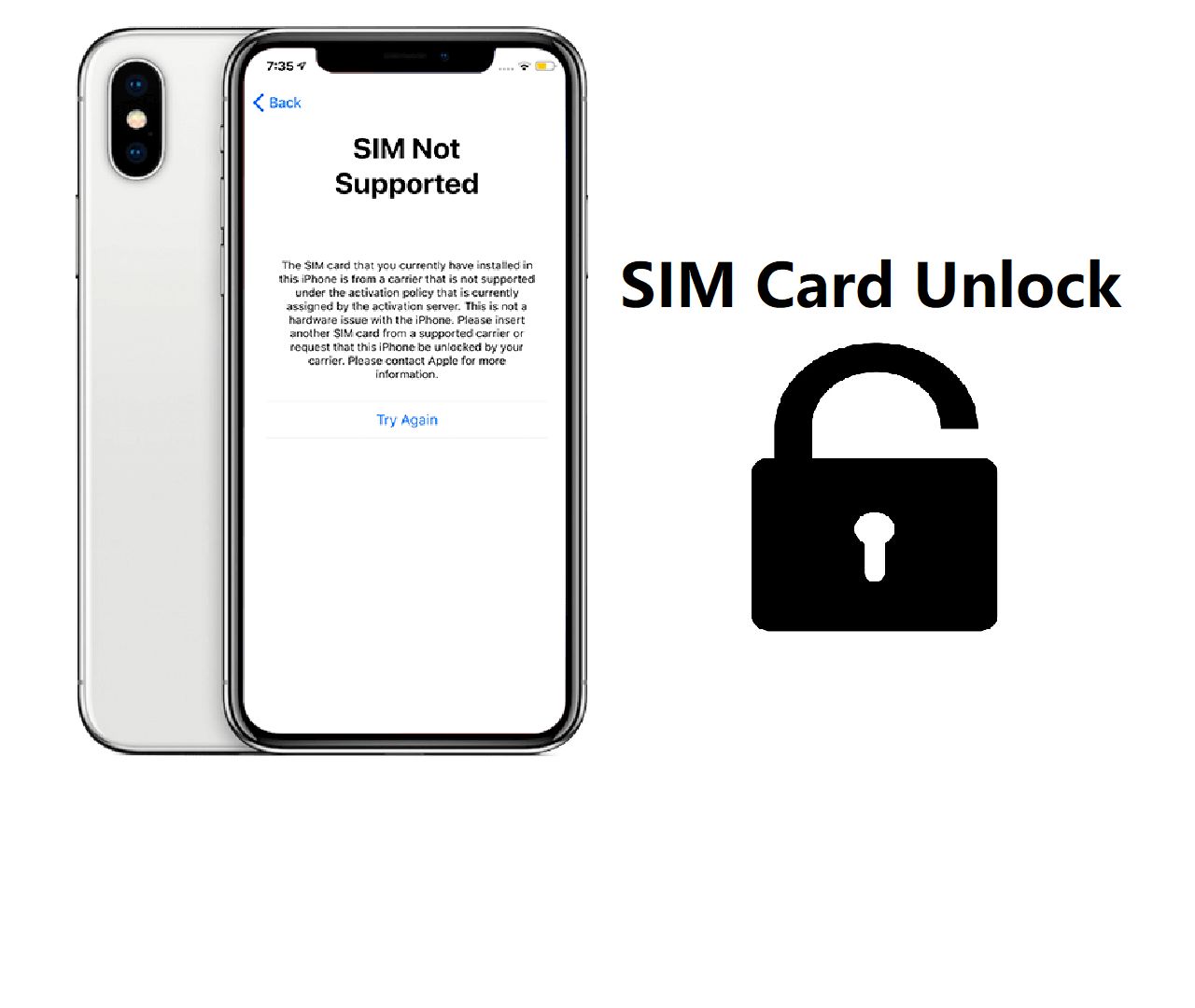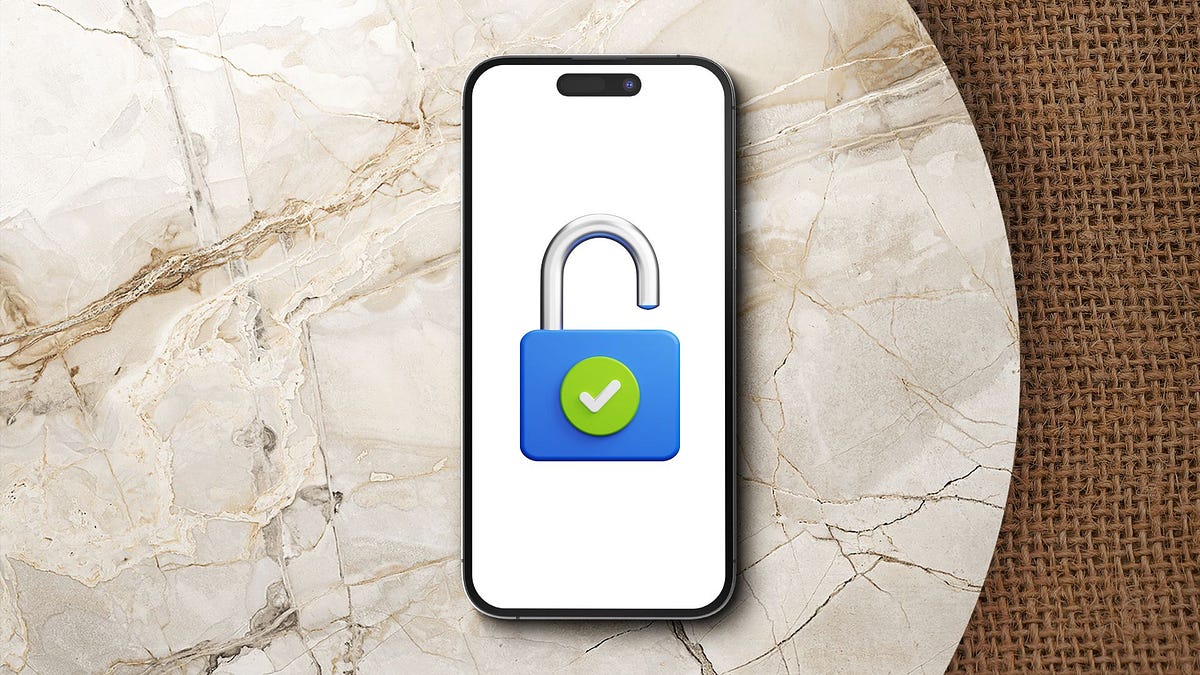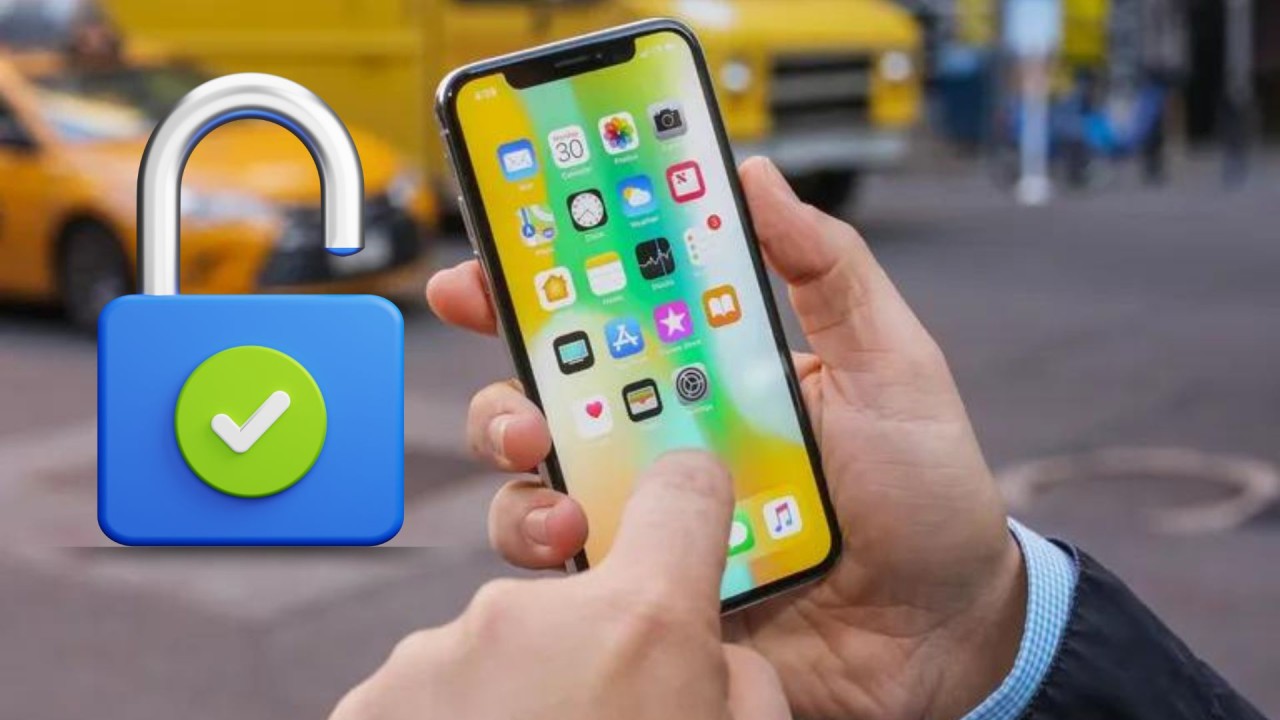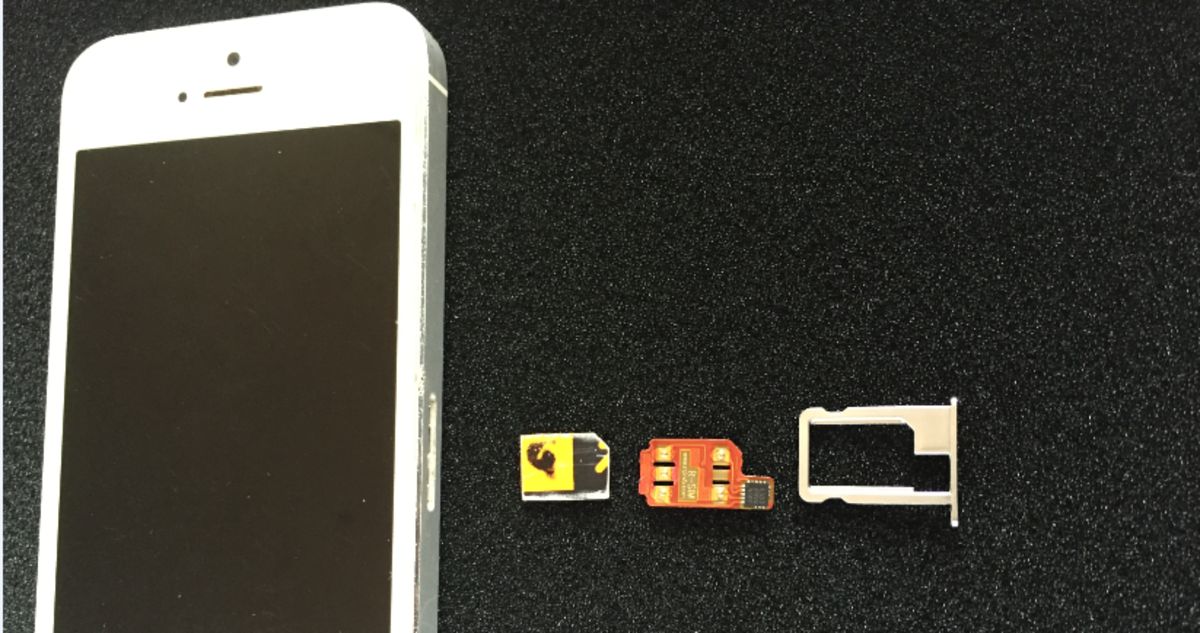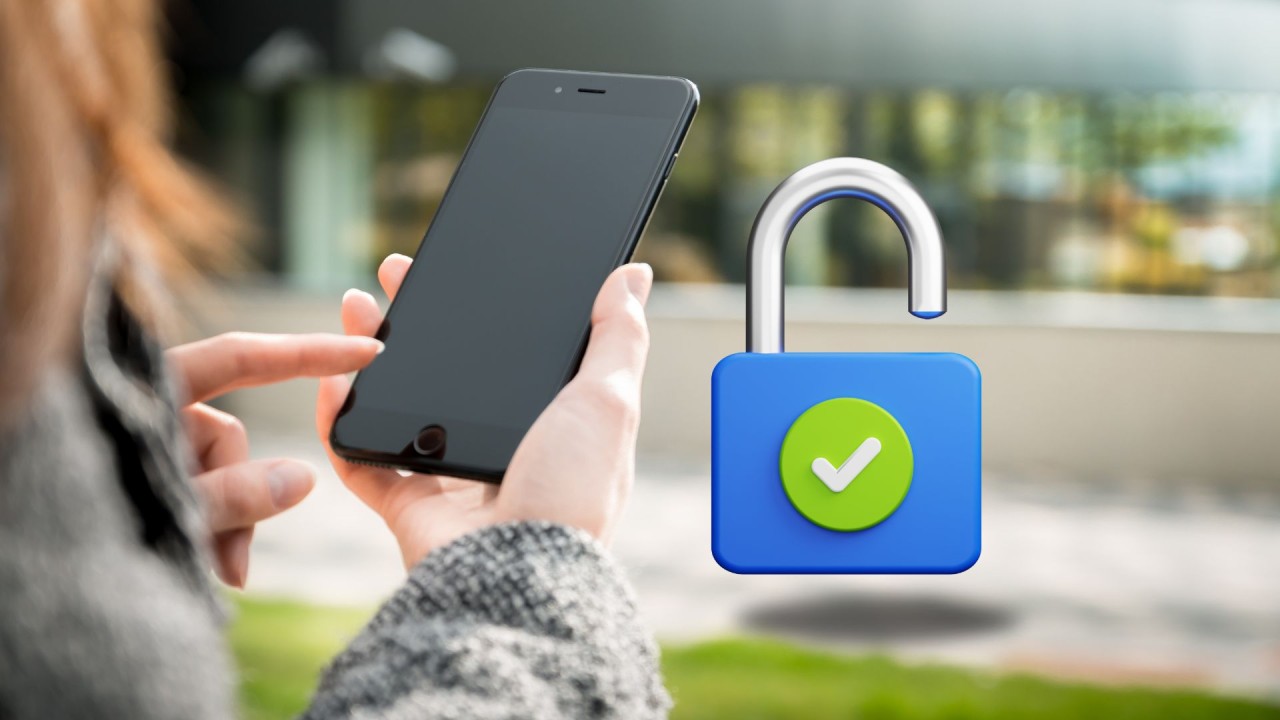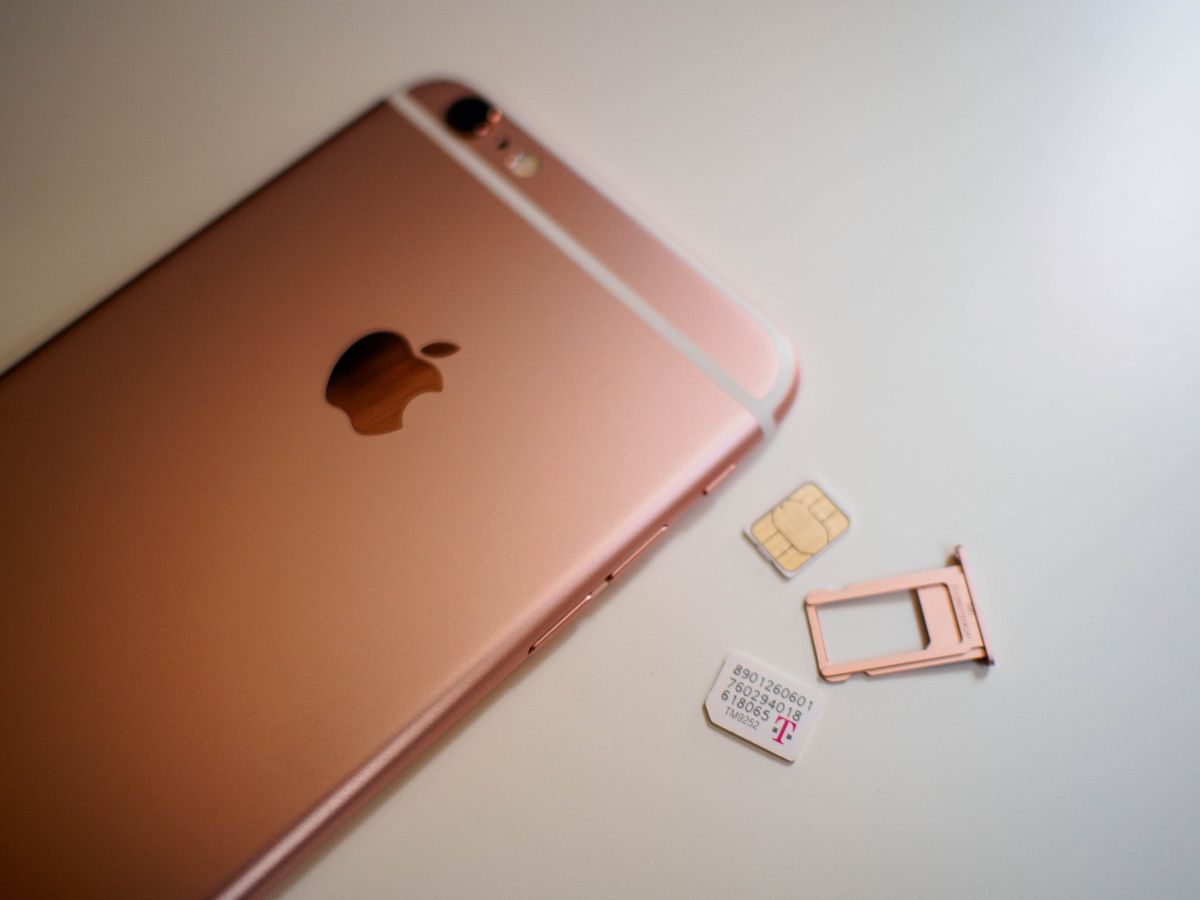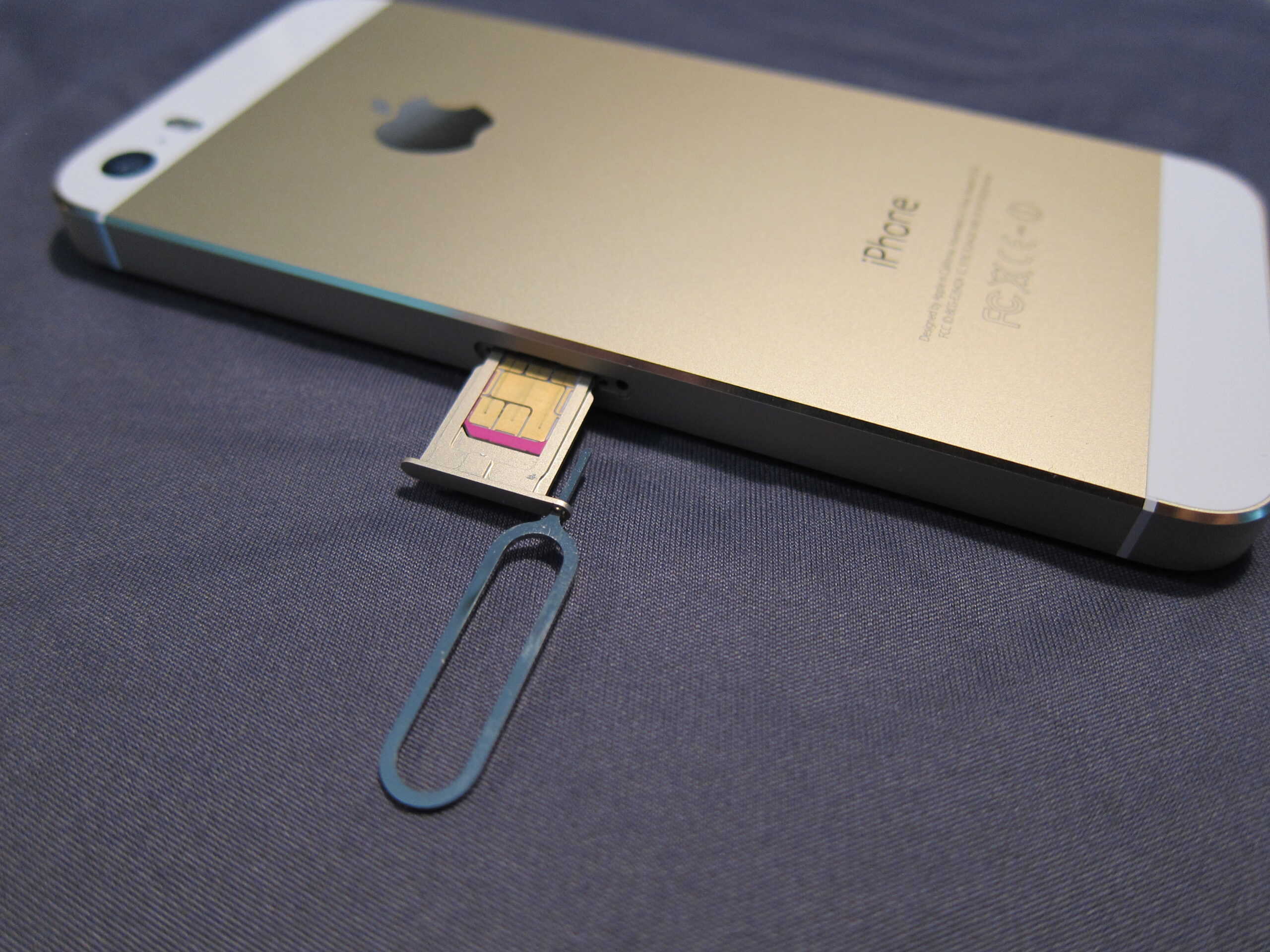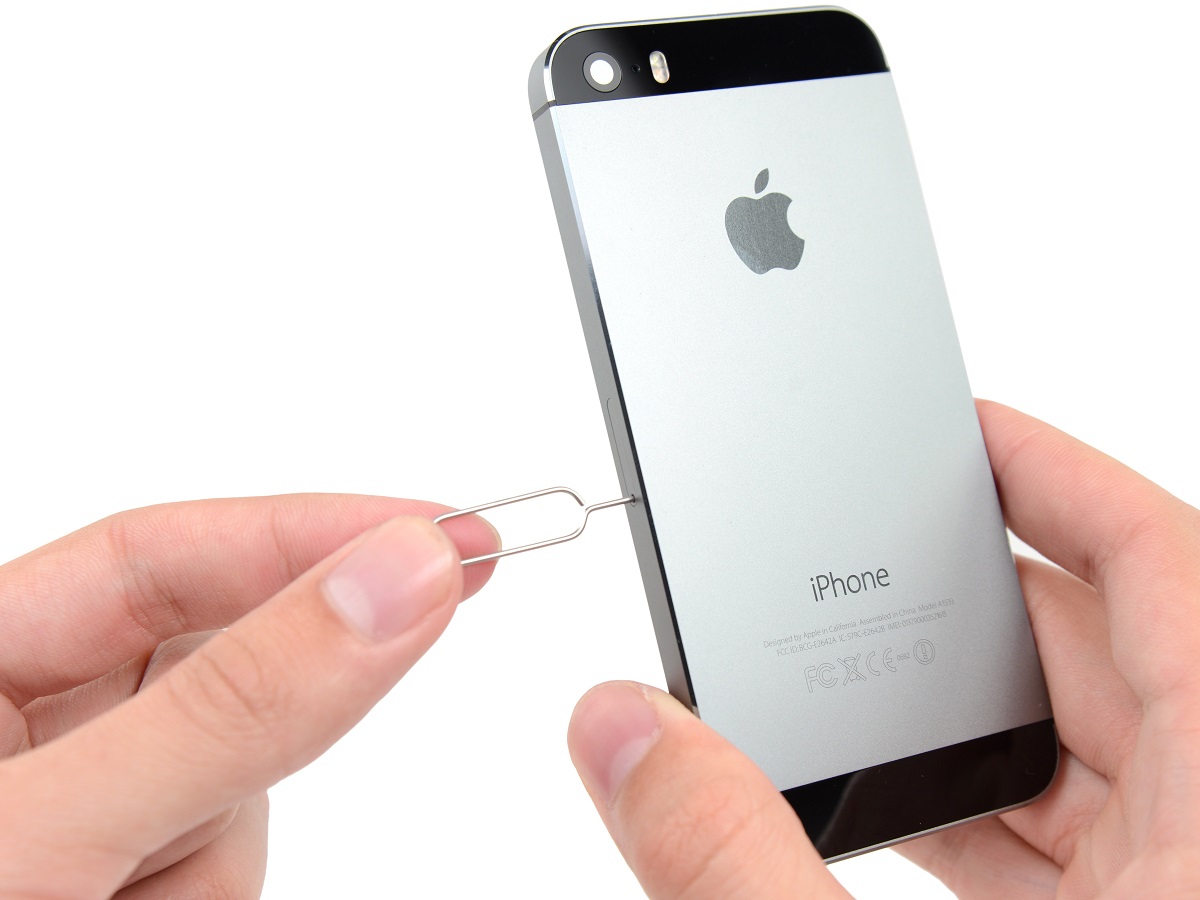Introduction
Unlocking a SIM card on an iPhone is a process that allows the device to be used with a different carrier. This can be particularly useful for those who travel internationally or wish to switch to a new service provider. Understanding the intricacies of SIM card locking and the various methods available for unlocking it is essential for iPhone users seeking the flexibility to choose their preferred network.
The process of unlocking a SIM card on an iPhone involves removing the restrictions imposed by the device's original carrier. This enables the iPhone to recognize and work with SIM cards from other carriers, providing users with the freedom to select the most suitable network for their needs. Whether it's for traveling abroad, taking advantage of better service plans, or simply wanting to switch carriers, unlocking the SIM card on an iPhone opens up a world of possibilities.
In the following sections, we will delve into the different methods available for unlocking a SIM card on an iPhone. From utilizing the carrier's official unlocking service to exploring third-party unlocking solutions, we will explore the options and considerations for each approach. Additionally, we will discuss the precautions and factors to consider when unlocking a SIM card, ensuring that iPhone users are well-informed before embarking on this process.
By gaining a comprehensive understanding of SIM card unlocking on the iPhone, users can confidently navigate the various unlocking methods and make informed decisions that align with their specific needs and preferences. Whether it's the desire for greater flexibility in choosing a carrier or the need for seamless connectivity while traveling, unlocking the SIM card on an iPhone empowers users with the freedom to optimize their mobile experience.
Understanding SIM Card Locking on iPhone
SIM card locking on an iPhone is a security feature implemented by mobile carriers to tie the device to their network. When an iPhone is purchased through a carrier, it is often locked to that specific carrier's network, meaning that it can only be used with SIM cards provided by that carrier. This restriction is intended to ensure that the carrier recoups the subsidy provided for the device, as the customer is bound to use their services for a specified period.
The locking of the SIM card is typically achieved through software configurations on the device. When a SIM card from a different carrier is inserted into a locked iPhone, the device will display an error message, indicating that the SIM card is not supported. This limitation can be a significant inconvenience for users who wish to switch to a different carrier or use local SIM cards while traveling abroad.
It's important to note that the process of unlocking a SIM card on an iPhone does not involve altering the hardware of the device. Instead, it focuses on removing the software-based restrictions that prevent the iPhone from recognizing and working with SIM cards from other carriers. This distinction is crucial, as it ensures that unlocking the SIM card does not compromise the integrity or warranty of the device.
Understanding the implications of SIM card locking on an iPhone is essential for users who seek greater flexibility in choosing their mobile network. By comprehending the nature of this restriction and the methods available to unlock it, iPhone users can make informed decisions that align with their specific needs and preferences. Whether it's the desire to switch carriers, access more favorable service plans, or seamlessly use local SIM cards while traveling, unlocking the SIM card on an iPhone empowers users with the freedom to optimize their mobile experience.
Methods to Unlock SIM Card on iPhone
Unlocking a SIM card on an iPhone can be achieved through several methods, each offering distinct advantages and considerations. Understanding these methods is crucial for iPhone users seeking to unlock their devices and gain the flexibility to choose their preferred mobile network. Here are the primary methods for unlocking a SIM card on an iPhone:
Using the Carrier's Unlocking Service
Many mobile carriers provide an official unlocking service for iPhones. This method typically involves submitting a request to the carrier, either through their website, customer service hotline, or in-person at a retail location. The carrier will then verify eligibility based on factors such as contract status, payment history, and the duration of device ownership. Once approved, the carrier will provide instructions to unlock the iPhone, often through a simple process of connecting the device to iTunes or using a specific code.
Using Third-Party Unlocking Services
Third-party unlocking services offer an alternative to the carrier's official unlocking process. These services specialize in unlocking iPhones from various carriers, providing a convenient option for users who may not meet the carrier's eligibility requirements or prefer a streamlined unlocking experience. It's essential to research and select reputable third-party services to ensure the legitimacy and security of the unlocking process.
Using Software or Hardware Unlocking Methods
For tech-savvy users, software or hardware unlocking methods present another avenue for unlocking the SIM card on an iPhone. Software unlocking involves utilizing third-party software or jailbreaking the device to remove the carrier restrictions. On the other hand, hardware unlocking may entail physically altering the iPhone's components to bypass the SIM lock. It's important to note that these methods carry inherent risks and may void the device's warranty, making them less commonly recommended.
By exploring these methods, iPhone users can identify the most suitable approach for unlocking their SIM cards, aligning with their specific circumstances and preferences. Whether opting for the carrier's official unlocking service, leveraging reputable third-party services, or considering alternative software and hardware methods, users can navigate the unlocking process with confidence and make informed decisions to enhance their mobile experience.
Using the Carrier's Unlocking Service
Utilizing the carrier's official unlocking service is a straightforward and legitimate method for unlocking the SIM card on an iPhone. Many mobile carriers offer this service to customers who wish to use their devices with other networks. The process typically begins with the user submitting a request to the carrier, which can often be done through the carrier's website, customer service hotline, or at a retail location.
Upon receiving the request, the carrier evaluates the eligibility criteria for unlocking the iPhone. Factors such as the status of any existing contracts, the payment history of the device, and the duration of ownership are commonly assessed. Meeting these criteria is crucial for the approval of the unlocking request. It's important to note that the specific eligibility requirements may vary between carriers, so users should familiarize themselves with their carrier's unlocking policies.
Upon approval, the carrier provides detailed instructions for unlocking the iPhone. This often involves connecting the device to iTunes or using a specific code provided by the carrier. The process is designed to be user-friendly, ensuring that customers can unlock their iPhones with ease and convenience.
One of the key advantages of using the carrier's official unlocking service is the assurance of legitimacy and security. Since the unlocking process is facilitated directly by the carrier, users can have confidence in the authenticity of the service. Furthermore, unlocking the iPhone through the carrier's official channels does not void the device's warranty, ensuring that the integrity and support for the device remain intact.
It's important to consider the potential timeframe associated with the carrier's unlocking service. While some carriers may process unlocking requests swiftly, others may have specific waiting periods or procedural timelines. Users should be mindful of these factors, especially if they have time-sensitive requirements for unlocking their iPhones.
By availing the carrier's official unlocking service, iPhone users can unlock their devices in compliance with the carrier's policies, ensuring a seamless transition to a different network. This method provides a sanctioned and reliable approach to unlocking the SIM card, empowering users with the freedom to choose their preferred mobile network while maintaining the integrity and warranty of their iPhones.
Using Third-Party Unlocking Services
Engaging third-party unlocking services presents an alternative avenue for iPhone users seeking to unlock their SIM cards. These services specialize in providing unlocking solutions for a wide range of carriers, offering convenience and flexibility for individuals who may not meet the eligibility requirements set by their respective carriers or prefer a streamlined unlocking process.
When considering third-party unlocking services, it is essential to conduct thorough research to identify reputable and trustworthy providers. Users should prioritize selecting services with a proven track record of delivering secure and legitimate unlocking solutions. Reading customer reviews and seeking recommendations from trusted sources can help in identifying reliable third-party unlocking services.
Once a reputable third-party service is chosen, the unlocking process typically involves submitting the device's information, such as its model and carrier details, to the service provider. The provider then initiates the unlocking procedure, often remotely, leveraging their expertise and access to a broad network of carrier unlocking solutions.
One of the primary advantages of utilizing third-party unlocking services is the potential to unlock an iPhone swiftly, regardless of the carrier's official eligibility criteria. This can be particularly beneficial for users who require immediate access to alternative networks or are unable to meet their carrier's unlocking prerequisites.
Moreover, third-party services may offer unlocking solutions for a broader range of carriers, including those with stringent unlocking policies. This expanded accessibility can cater to users with diverse needs, ensuring that they can unlock their iPhones regardless of their carrier's restrictions.
It's important to note that while third-party unlocking services offer flexibility and expedited unlocking, users should exercise caution to avoid falling victim to fraudulent or illegitimate providers. By choosing established and reputable third-party services, users can mitigate the risks associated with unauthorized unlocking methods and safeguard the security and functionality of their iPhones.
In summary, third-party unlocking services provide a viable option for unlocking the SIM card on an iPhone, offering flexibility and accessibility beyond the constraints of carrier-specific unlocking policies. By selecting reputable providers and leveraging their expertise, users can unlock their iPhones securely and efficiently, gaining the freedom to choose their preferred mobile network.
Using Software or Hardware Unlocking Methods
For tech-savvy individuals, exploring software or hardware unlocking methods presents an alternative approach to unlocking the SIM card on an iPhone. Software unlocking involves utilizing third-party software or jailbreaking the device to remove the carrier restrictions. On the other hand, hardware unlocking may entail physically altering the iPhone's components to bypass the SIM lock.
Software unlocking, often associated with jailbreaking, involves leveraging third-party software to modify the iPhone's firmware, allowing it to recognize and work with SIM cards from other carriers. While this method may offer a degree of flexibility, it is essential to consider the potential drawbacks. Jailbreaking an iPhone can void its warranty and expose the device to security risks, as it bypasses the built-in security measures implemented by Apple. Additionally, software unlocking methods may be complex and require technical expertise, posing challenges for users who are not familiar with the intricacies of jailbreaking.
On the other hand, hardware unlocking, which involves physically altering the iPhone's internal components, is a less common and riskier approach. This method may require specialized tools and technical knowledge to modify the device's hardware, potentially voiding the warranty and compromising the device's integrity. Furthermore, hardware unlocking methods can be intricate and may lead to irreversible damage if not executed with precision.
It's important to emphasize that both software and hardware unlocking methods carry inherent risks and may result in adverse effects on the iPhone's functionality and security. As such, these approaches are generally discouraged, especially considering the availability of official unlocking services and reputable third-party solutions.
While software and hardware unlocking methods may offer a degree of freedom from carrier restrictions, the associated risks and potential consequences outweigh the benefits for most users. Therefore, it is advisable for iPhone users to prioritize official unlocking services provided by carriers or reputable third-party unlocking solutions, ensuring a secure and legitimate unlocking process without compromising the integrity and warranty of their devices.
In summary, while software and hardware unlocking methods exist as potential alternatives, their associated risks, technical complexity, and potential impact on the device's security and warranty make them less favorable options for unlocking the SIM card on an iPhone. Users are encouraged to prioritize official and legitimate unlocking channels to ensure a seamless and secure unlocking experience.
Precautions and Considerations
When embarking on the journey to unlock the SIM card on an iPhone, several precautions and considerations warrant careful attention to ensure a smooth and informed unlocking process. These factors play a pivotal role in safeguarding the integrity of the device, preserving its warranty, and mitigating potential risks associated with unauthorized unlocking methods.
Legitimacy and Security
Prioritizing the legitimacy and security of the unlocking process is paramount. Users should exercise caution to avoid engaging with unauthorized or unverified unlocking services, as these may compromise the device's security and functionality. Opting for official unlocking services provided by carriers or reputable third-party solutions can provide assurance regarding the legitimacy and security of the unlocking process.
Warranty Implications
Unlocking the SIM card on an iPhone through unauthorized methods, such as software or hardware unlocking, can potentially void the device's warranty. Users should be mindful of the implications on the warranty status and consider the long-term support and serviceability of the device. Prioritizing official unlocking channels can help preserve the warranty and ensure continued support from the manufacturer.
Carrier Compliance
Understanding and adhering to the unlocking policies and procedures set forth by the carrier is essential. Users should familiarize themselves with the specific eligibility criteria, waiting periods, and any contractual obligations associated with unlocking the iPhone. Complying with the carrier's guidelines not only ensures a legitimate unlocking process but also fosters a transparent and compliant relationship with the carrier.
Security Risks
Engaging in unauthorized unlocking methods, particularly software or hardware unlocking, can expose the iPhone to security risks. Jailbreaking the device or modifying its hardware may compromise its built-in security measures, potentially exposing it to vulnerabilities and unauthorized access. Prioritizing official unlocking services and reputable third-party solutions can mitigate these security risks, ensuring the device's integrity.
Reputable Service Providers
When considering third-party unlocking services, users should prioritize reputable and established providers with a track record of delivering secure and legitimate unlocking solutions. Researching customer reviews, seeking recommendations, and verifying the legitimacy of the service provider can help mitigate the risks associated with unauthorized unlocking methods and safeguard the security and functionality of the iPhone.
By carefully considering these precautions and factors, iPhone users can navigate the process of unlocking the SIM card with confidence and prudence. Prioritizing legitimacy, warranty preservation, compliance with carrier policies, security considerations, and reputable service providers is fundamental to ensuring a seamless and secure unlocking experience, empowering users with the freedom to choose their preferred mobile network while safeguarding the integrity of their devices.
Conclusion
In conclusion, unlocking the SIM card on an iPhone is a transformative process that empowers users with the freedom to choose their preferred mobile network, whether for international travel, accessing more favorable service plans, or transitioning to a new carrier. Throughout this comprehensive guide, we have explored the various methods available for unlocking the SIM card on an iPhone, each presenting distinct advantages and considerations.
From leveraging the carrier's official unlocking service to exploring reputable third-party unlocking solutions, users have a range of options to unlock their iPhones securely and legitimately. The carrier's unlocking service offers a sanctioned and reliable approach, ensuring compliance with the carrier's policies while preserving the device's warranty and integrity. On the other hand, third-party unlocking services provide flexibility and accessibility beyond the constraints of carrier-specific unlocking policies, catering to diverse user needs and timelines.
While software and hardware unlocking methods exist as potential alternatives, their associated risks and potential impact on the device's security and warranty make them less favorable options for most users. Prioritizing official unlocking services and reputable third-party solutions is paramount to ensuring a seamless and secure unlocking experience.
Furthermore, we have emphasized the importance of taking precautions and considering key factors, such as legitimacy, warranty implications, compliance with carrier policies, security risks, and the selection of reputable service providers. These considerations are fundamental in safeguarding the integrity of the device and mitigating potential risks associated with unauthorized unlocking methods.
By gaining a comprehensive understanding of SIM card unlocking on the iPhone and navigating the available methods with prudence and informed decision-making, users can unlock their devices confidently, aligning with their specific needs and preferences.
Ultimately, unlocking the SIM card on an iPhone transcends the technical process, empowering users to optimize their mobile experience, embrace flexibility, and seamlessly connect with their preferred mobile networks. This newfound freedom not only enhances the usability of the iPhone but also reflects the evolving landscape of mobile connectivity, where users can tailor their network choices to align with their dynamic lifestyles and preferences.
In essence, unlocking the SIM card on an iPhone represents a gateway to enhanced mobility, connectivity, and personalization, embodying the spirit of empowerment and adaptability in the realm of mobile devices.







